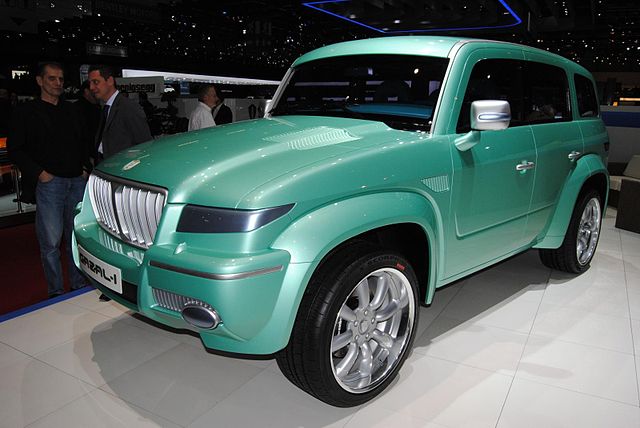The economy of Saudi Arabia is the second-largest in the Middle East and the nineteenth-largest in the world. The Saudi economy is highly reliant on its petroleum sector. Oil accounts on average in recent years for approximately 40% of Saudi GDP and 75% of fiscal revenue, with substantial fluctuations depending on oil prices each year.
Riyadh, the financial center of Saudi Arabia
Dammam No. 7 on March 4, 1938, the day the well struck oil in commercial quantities, becoming the first in the kingdom to do so
Residential homes in Yanbu
KSU Gazal-1
Saudi Arabia, officially the Kingdom of Saudi Arabia (KSA), is a country in West Asia and the Middle East. It covers the bulk of the Arabian Peninsula and has a land area of about 2150000 km2, making it the fifth-largest country in Asia and the largest in the Middle East. It is bordered by the Red Sea to the west; Jordan, Iraq, and Kuwait to the north; the Persian Gulf, Qatar and the United Arab Emirates to the east; Oman to the southeast; and Yemen to the south. Bahrain is an island country off its east coast. The Gulf of Aqaba in the northwest separates Saudi Arabia from Egypt and Israel. Saudi Arabia is the only country with a coastline along both the Red Sea and the Persian Gulf, and most of its terrain consists of arid desert, lowland, steppe, and mountains. The capital and largest city is Riyadh; the kingdom also hosts Islam's two holiest cities of Mecca and Medina.

Anthropomorphic stela (4th millennium BC), sandstone, 57x27 cm, from El-Maakir-Qaryat al-Kaafa (National Museum of Saudi Arabia, Riyadh)
The "Worshipping Servant" statue (2500 BC), above one metre (3 ft 3 in) in height, is much taller than any possible Mesopotamian or Harappan models. Photo courtesy of the National Museum of Korea.
Qaṣr Al-Farīd, the largest of the 131 rock-cut monumental tombs built from the 1st century BC to the 1st century AD, with their elaborately ornamented façades, at the extensive ancient Nabatean archaeological site of Hegra located in the area of Al-'Ula within Al Madinah Region in the Hejaz. A UNESCO World Heritage Site since 2008.
Colossal statue from Al-'Ula in the Hejaz (6th–4th century BC), it followed the standardized artistic sculpting of the Lihyanite kingdom. The original statue was painted with white. (Louvre Museum, Paris)








